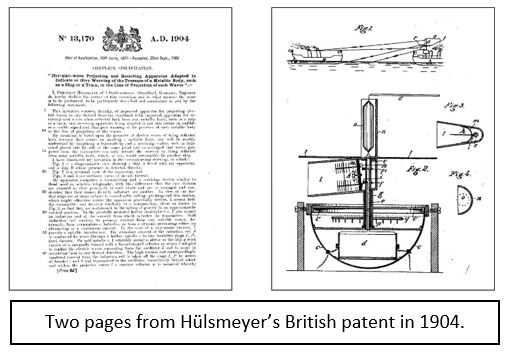The History Column: Hülsmeyer
To me, the history of our subject is always fascinating and often surprising. To quote (approximately) the philosopher George Santayana: "Those who do not learn from history are doomed to repeat it." In the case of technology, we often find that ideas that we believe to be new and original actually surfaced many years ago. Our predecessors were pretty smart.
So the purpose of this column will be to describe, in each QEB, some event or invention within the scope of AESS, with an anniversary within that quarter. In all cases I will try to provide references, so that further reading and/or searching online will yield a lot more detail.
The first one in the series is 17 May 1904, which was the date of the first demonstration of radar in Cologne, Germany, by Christian Hülsmeyer. This will be marked in October by the inauguration of an IEEE Historic Milestone plaque, close to the site of the first demonstration on the banks of the Rhine river. The demonstrations were reported in the Kölner Tageblatt and Kölnischer Zeitung newspapers the next day. Translations of some sentences from these reports read as follows:
The apparatus worked extremely precisely. The inventor explained also that a non-metallic target reflects the electric waves, which could propagate through the wall of the hotel and act in the same and in the same way as before without obstacles. The spectators felt that they were witnesses of the first demonstration of one of the most important inventions of our time.
…. The electric waves emitted by the transmitter cannot reach the receiver directly, but must be reflected by a metallic object on the sea (that is, by ships), and thus reach the receiver. The attempt with the small apparatus, which was arranged only for small distances, succeeded perfectly.

An article giving a fuller description of Hülsmeyer’s work and the Historic Milestone will be published in the AES Magazine in the next few months.
Hugh Griffiths
University College London

